KA Imaging Receives Image Wisely Award
WATERLOO, ON – Canadian X-ray manufacturer, KA Imaging, has been recognized for demonstrating its commitment to promote safety in medical imaging. The company received the certificate as a result of its a dedication to promoting and displaying safety in X-ray imaging. Since its creation in 2015, KA Imaging has made it a top priority to make high quality X-ray accessible everywhere as well as reduce radiation levels to patients when administering X-ray. KA Imaging is proud to receive this award on behalf of Image Wisely.
Image Wisely is a joint initiative of ACR, RSNA, ASRT and AAPM that provides information to the medical community to promote radiation safety in medical imaging. It is committed to raising awareness throughout the medical community about opportunities for eliminating unnecessary imaging exams and to lowering the amount of radiation used in necessary imaging exams to only that needed to capture optimal medical images. Companies that are committed to ensuring the safe practice of X-ray imaging are granted this award as a symbol of ethics, responsibility, and morality.
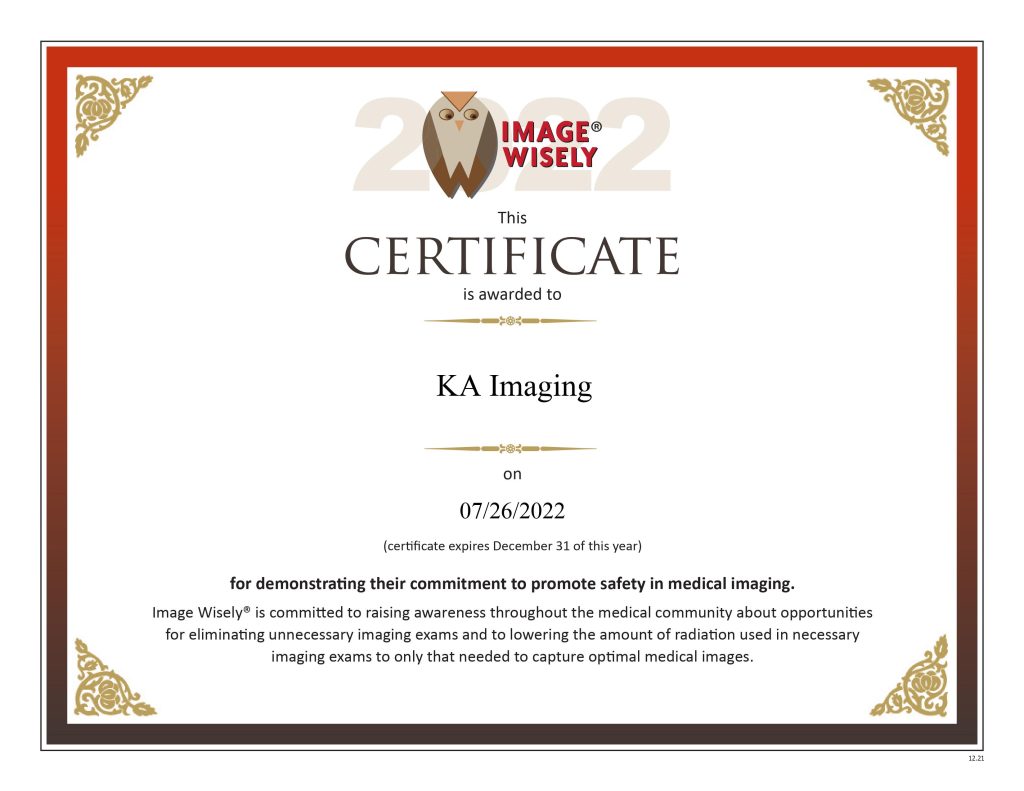

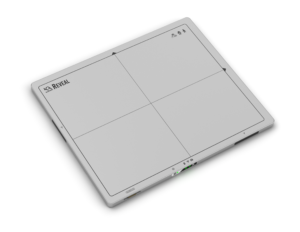 WATERLOO, ON– KA Imaging, a company that develops innovative X-ray imaging solutions, announced the initial results from a study examining the diagnostic value of single-exposure dual-energy subtraction radiography in lung lesion detection.
WATERLOO, ON– KA Imaging, a company that develops innovative X-ray imaging solutions, announced the initial results from a study examining the diagnostic value of single-exposure dual-energy subtraction radiography in lung lesion detection.
 WATERLOO, ON (July 05, 2022)
WATERLOO, ON (July 05, 2022)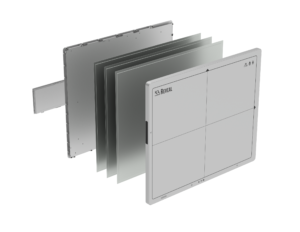 WATERLOO (June 22, 2022) — Canadian manufacturer KA Imaging unveiled a new brand identity for its patented dual-energy technology. SpectralDR™ is currently built into the Reveal™ 35C detector. The new brand is in line with the company’s strategy to expand its presence in the X-ray market.
WATERLOO (June 22, 2022) — Canadian manufacturer KA Imaging unveiled a new brand identity for its patented dual-energy technology. SpectralDR™ is currently built into the Reveal™ 35C detector. The new brand is in line with the company’s strategy to expand its presence in the X-ray market.
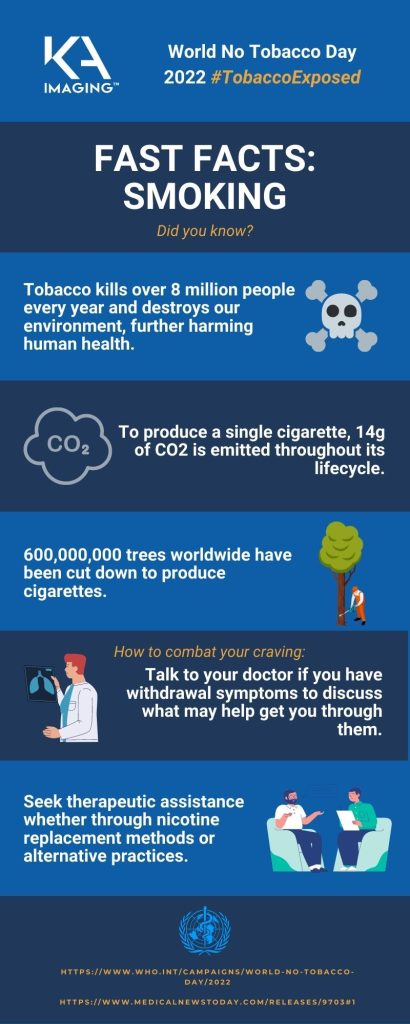
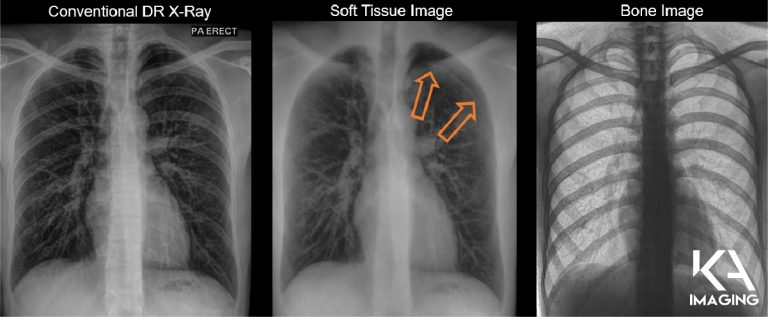
 You also have patients in long term care facilities, some experiencing mobility issues, they can’t really go around to be imaged. Imaging must go to them.
You also have patients in long term care facilities, some experiencing mobility issues, they can’t really go around to be imaged. Imaging must go to them.